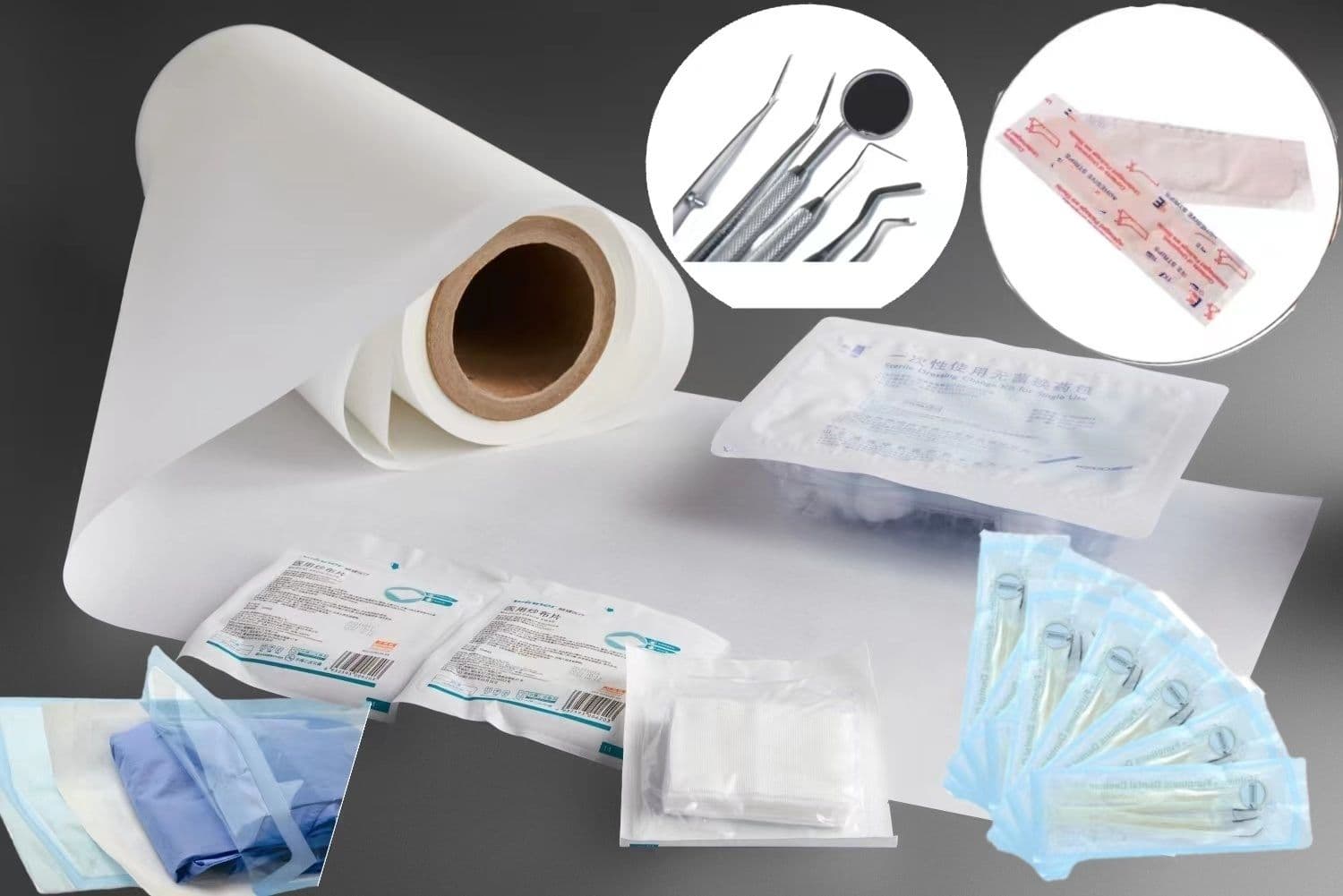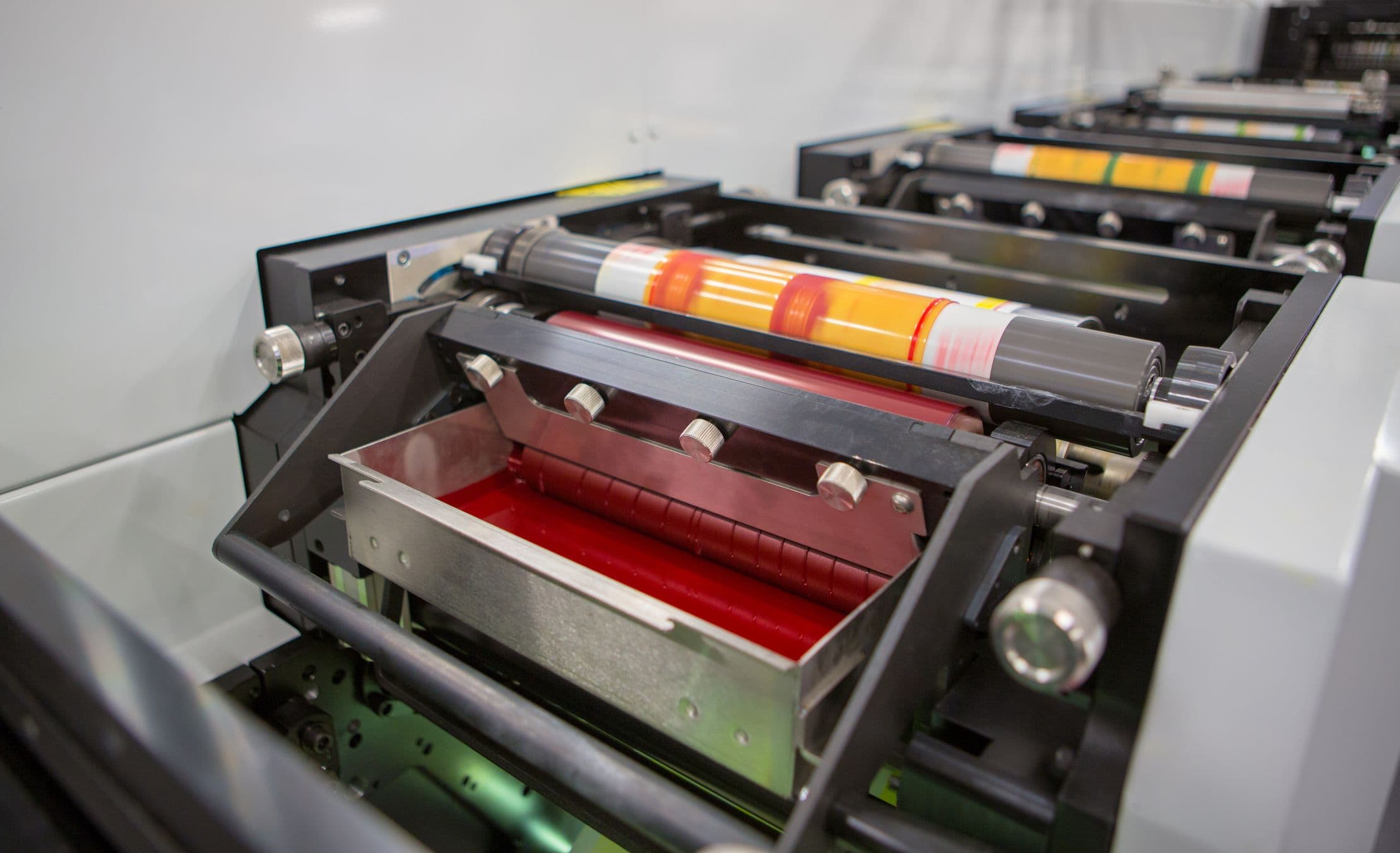If you are going to be producing medical packaging using Tyvek, there are a few things to consider. If you are new to this process, you should first and foremost realize that the labeling requirements for sterile packaging, whether on Tyvek or other materials, are stringent, complicated, and governed by a range of ISO/ANSI/UDI codes. The design of your custom Tyvek labels needs to strictly conform to these.
The second major consideration is the type and model of printer you will require to print Tyvek for medical packaging. The range of printers available for this is broad, and choosing the correct one can make all the difference in terms of print quality, reliability, and ultimately your profit. Our ThermaPrint 64 is ideal for printing medical packaging.
Let’s take a more detailed look at each:
Labeling Requirements#
Outlining the whole scope of the labeling requirements for sterile packaging would require more space than I have here, so for details I recommend that you read the official requirements. Here, I will just highlight a few things you should be aware of.
Firstly, recent legislation means that every medical product packaged in Tyvek needs to carry a UDI – a Unique Device Identifier. These are numeric or alphanumeric codes that serve to identify each individual product at all stages of transport, storage and use.
In addition, each label must carry a number of other items of information. The Lot number and Expiration date must both be printed in easily readable plain-text format, and this information must also be encoded in the barcode printed on the label. Lastly, a GS1 DataMatrix, a 2D machine-readable barcode, must be included.
Choosing a Printer#
The adaptability of Tyvek is such that a range of different printing techniques may be used in producing medical packaging with the material. The most commonly used method, however, is variable data printing using thermal transfer techniques.
Thermal transfer printing on Tyvek has several advantages over InkJet and Flexographic printing, and notably it is much faster than either. This results in quicker production of medical packaging, and the faster drying times of this technique mean that errors in printing are reduced.
Given the above requirements for printing medical packaging on Tyvek, the print quality of the chosen printer is paramount. Especially on smaller items, achieving a font size small enough to be able to include all the required information, whilst still being readable, requires a high DPI. The printer chosen should be capable of at least 300 dpi, but the higher the better.
In addition, the fact that every label needs to carry a unique barcode means that the printer should be able to hold a large amount of data in memory, and to reliably print this to each label.
Evaluating Quality#
An often-overlooked process when printing custom Tyvek labels for medical packaging is that of checking the produced labels for quality. This is especially important in relation to the barcodes printed on each label, because if they are of poor quality they will be rejected by clients.
Evaluating the quality of these barcodes may be done using a stand-alone barcode grader, but again many modern printers incorporate these devices, and continually check the quality of the output.



